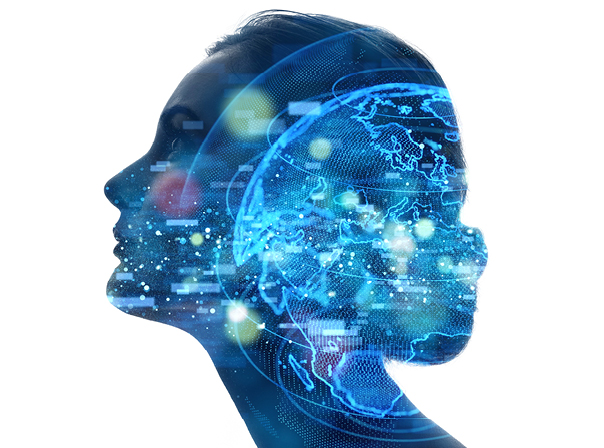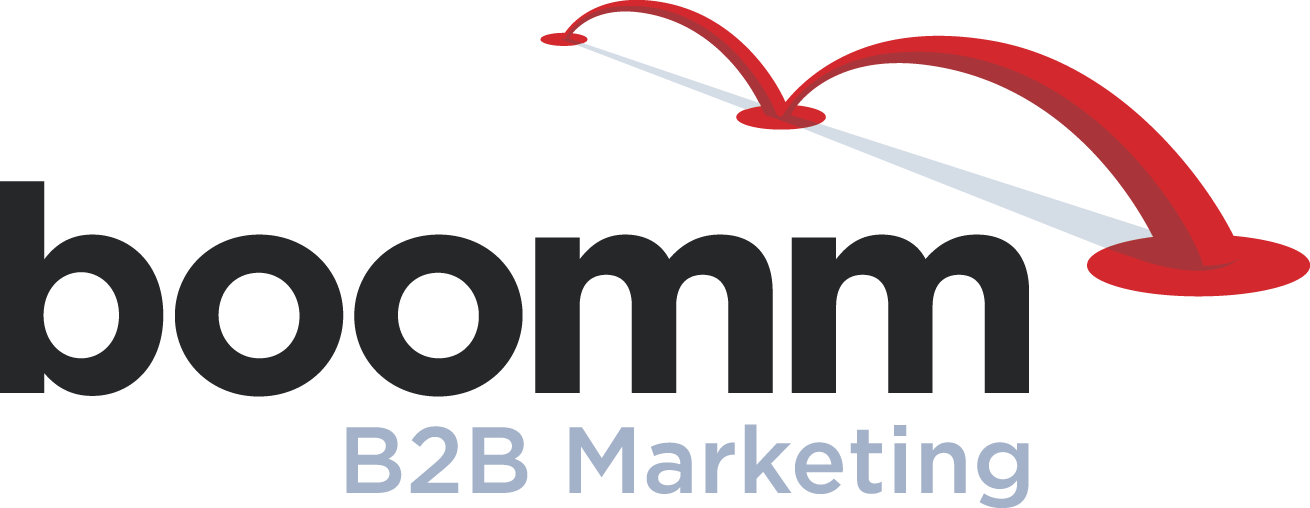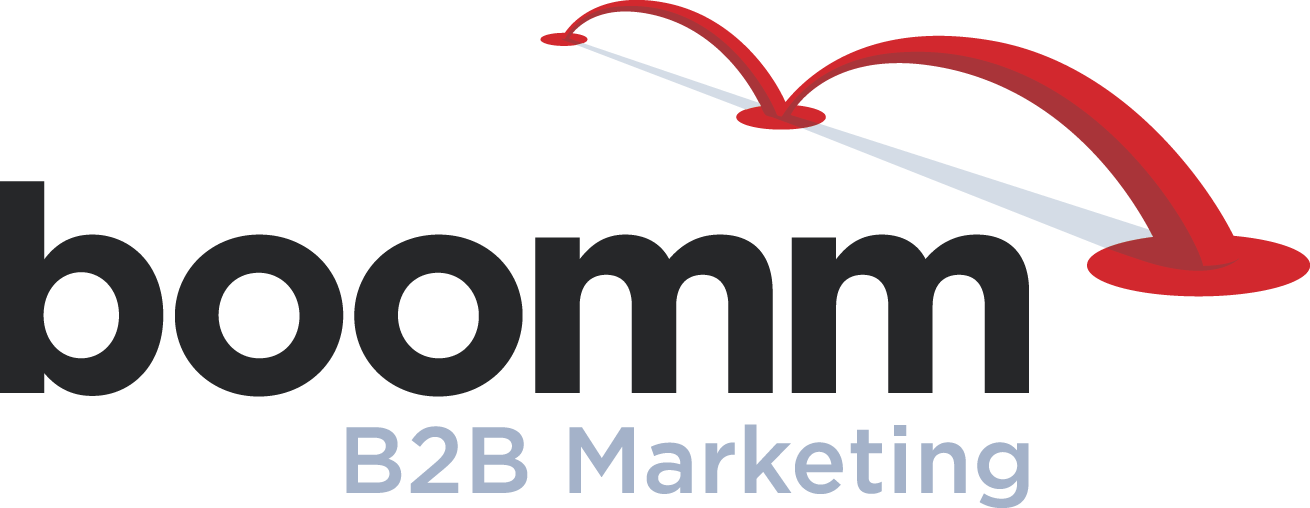Created or generated

Going forward, all creative work will be separated into two categories: Either it is created or generated.
How can we distill all creative down to such a clear distinction? After all, there are so many nuances to original human thinking and an infinite number of possibilities with AI produced work.
The simple dividing line is this:
Created
If humans developed the work through their own imagination and experience, it is created. That applies even if the execution of the ideas were supported by AI tools.
Generated
Ads that are concepted, designed and written by AI are generated. That applies even if humans monitored the AI tools, including chatbots and image generators.
How common is AI generated work? It’s becoming far more prevalent in our industry.
According to a July 4, 2025, story from Pivot 5 and the Wall Street Journal:
Clorox, the parent company of Hidden Valley Ranch, is “flooding its marketing and R&D teams with generative AI tools as part of a five-year, $580 million digital overhaul. Employees now use chatbots and image generators to create ads, prototype products and parse customer feedback in hours instead of weeks.”
The article goes on to say that “adoption of these AI tools is employee-led, with leadership only spreading tools that prove useful.” Management also states that employees will not be laid off because of this shift.
If management is being truthful, no employees will lose their jobs. But they did lose their creativity.
How effective is generated work?
Is AI generated work as compelling and relevant as human creative? Let’s consider the aforementioned Hidden Valley Ranch campaign as a litmus test.
The goal of the campaign is to change perceptions and get consumers to choose Hidden Valley Ranch dressing instead of ketchup and other condiments.

One AI generated ad shows a hand holding a crinkle cut fry with ranch dressing dripping off the end. The headline reads, “The ranchiest ranch to ever ranch.”
Another ad shows Hidden Valley being poured onto popcorn with the message: “You could be eating ranch instead of reading this.”
A final ad has a hand holding a hamburger as the headline proclaims: “Ranch is on our mind and food 365 days a year.”
The design is basic. Outlined images extend out of frame against primary-colored backgrounds. The headlines appear in stylized sans serif fonts.
The campaign tagline reads: “Only serious about flavor.”
What do you think? Are the ads generated by AI better than the work of a human creative team?
From this (admittedly biased) agency perspective, the answer is no.
The AI generated ads do have more attitude than one might expect, both visually and verbally. However, the overall executions feel like an ad student’s portfolio pieces. They might make you smile for a moment or two, but they’re quickly forgotten.
The campaign also lacks the inspired “big idea” to make it singular, distinct and effective across executions. Finally, it is too general. You can choose any ranch dressing, not specifically Hidden Valley Ranch.
Perhaps the ultimate arbiter is this: The ads don’t really make a compelling enough case to change perceptions and choose Hidden Valley over condiments, which is the primary goal.
How effective is created work?
If we find fault with the Hidden Valley Ranch AI generated campaign, it is only fair that we examine a recent human created campaign that is also meant to change perceptions. But let’s not stop there. Let’s review a campaign that uses human creativity supported by AI tools.
In 2024, a study found that only 2% of women throughout the world consider themselves beautiful. In response, Dove launched a campaign titled “The Code” that attempted to redefine beauty. The positioning was that Dove has been a brand committed to changing beauty for 20 years.

The campaign imagery is extremely powerful. It forces the reader to question their definition of beauty.
A faultless AI generated face is juxtaposed with a genuine human face. The AI face has “perfect skin,” but appears to be generated to meet an ideal. The human face with its “imperfections” connects with us because it projects real beauty, both inside and out.
The messaging is just as strong. It asks: “What kind of beauty do we want AI to learn?” In the process, the campaign challenges both AI and the reader to see beauty differently.
Other ads in the campaign visualize a “confident woman” or “the most beautiful woman in the world.” Again, AI generated faces are juxtaposed with genuine human faces and the result is thought provoking.
Changing perceptions
It is important to remember that both campaigns were created for the same purpose: to change well-established perceptions.
The Hidden Valley Ranch campaign is quickly dismissed. It’s a series of modern-looking ads but offers no meaningful reason to change our thinking or our condiment choices. The brand is also lost in the execution: this could be any ranch dressing.
The Dove campaign forces us to stop and reconsider. It is brave enough, smart enough and original enough to stand apart from the sea of beauty ads. Above all, it reshapes perceptions. We are challenged to compare and make a choice, and the Dove brand is inseparable from that consideration.
Now, back to our original designation: created or generated.
In this particular battle, the created campaign is the clear winner and the reason why is telling. The Dove campaign is more effective because it didn’t do our thinking for us.


